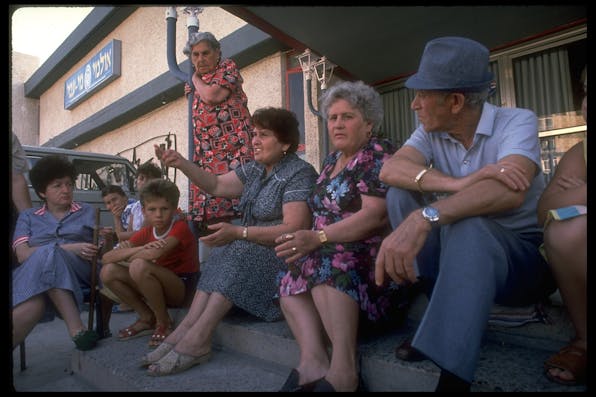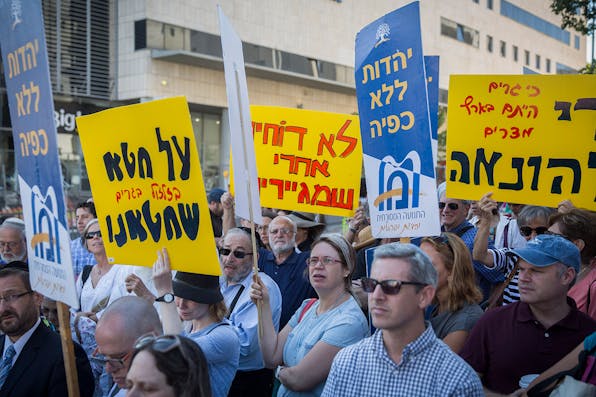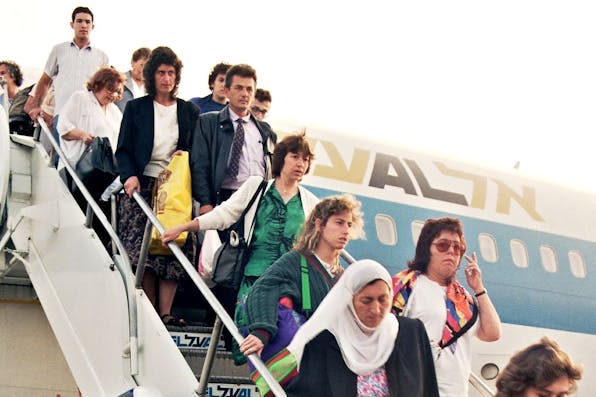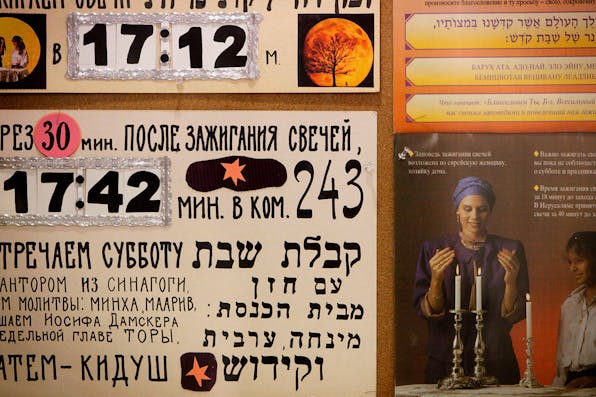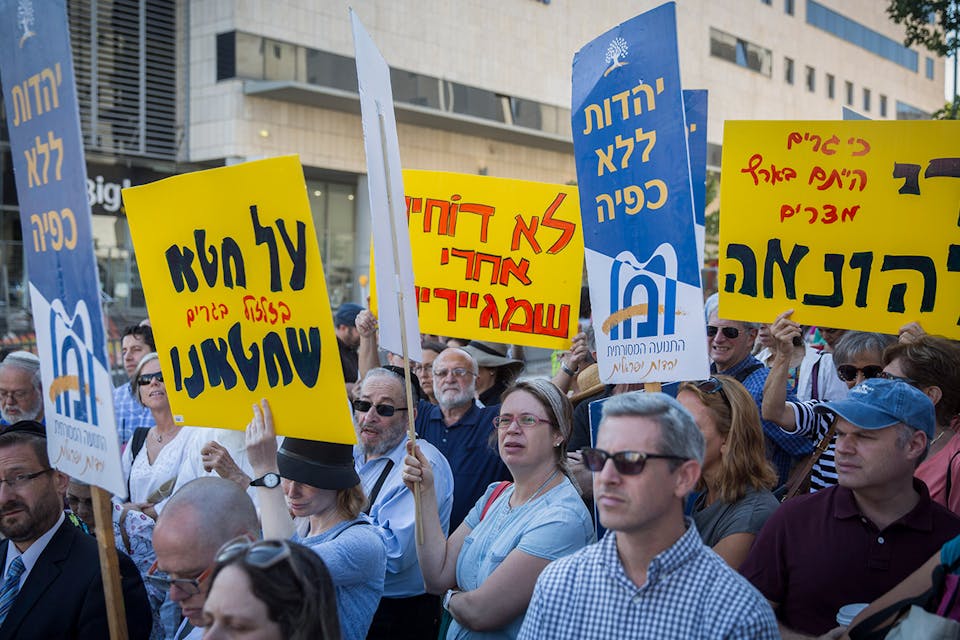
November 16, 2020
The Crisis of Israeli Religious Identity
The Israeli government categorizes many of the Russian immigrants as "Israelis of no religion" because they do not satisfy the demands of an overbearing rabbinic establishment.
As an American Jew growing up in the 1970s and 1980s, the plight of Soviet Jewry, the Prisoners of Zion, and the refuseniks were central to my experience. Pictures of Natan Sharansky decorated the walls of my Jewish day school, our synagogue reserved pews for Jewish activists denied the right to practice their religion and to emigrate, and an empty chair was placed at our Passover seder to symbolically welcome the presence of imprisoned Soviet Jews into our homes. We marched every year with tens of thousands of protestors at the Solidarity Sunday rallies in New York City, and in 1987 we joined over 250,000 participants in the Freedom March in Washington.
Later, studying and then permanently living in Israel, I volunteered at absorption centers for Russian and Ethiopian newcomers. I saw firsthand how, while absorbing over a million immigrants from the former Soviet Union, Israel’s cities and politics were remade.
Matti Friedman’s essay captures the cultural aspects of the Russian aliyah of the 1990s. (He notes that while only a third of the immigrants actually came from Russia, “in Israel all became known as ‘Russians,’” and thus he, and I, use the term Russians to refer to all immigrants from the former Soviet Union.) However, while Friedman explores three decades of social integration, he does not relate to another central question posed by the Russian aliyah: their religious integration into Israel’s Jewish life.
